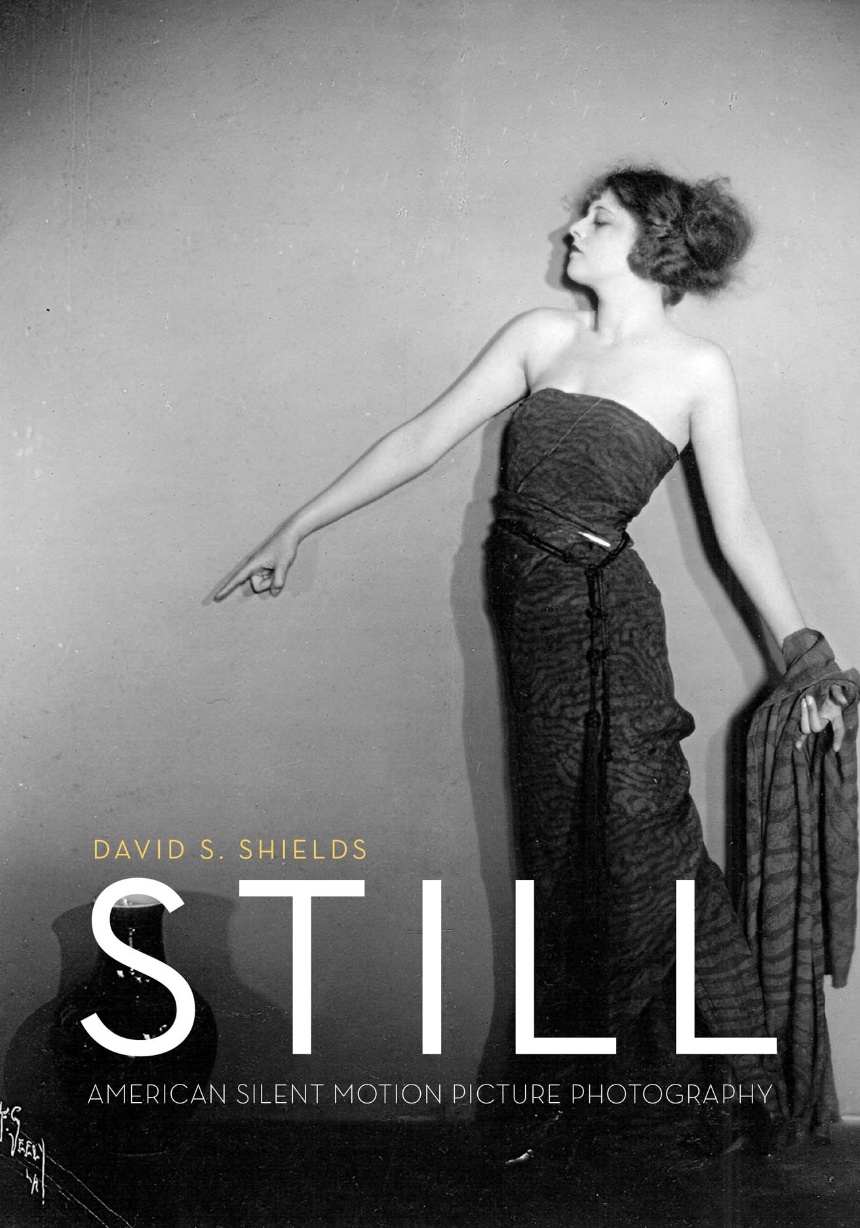Still
American Silent Motion Picture Photography
The success of movies like The Artist and Hugo recreated the wonder and magic of silent film for modern audiences, many of whom might never have experienced a movie without sound. But while the American silent movie was one of the most significant popular art forms of the modern age, it is also one that is largely lost to us, as more than eighty percent of silent films have disappeared, the victims of age, disaster, and neglect. We now know about many of these cinematic masterpieces only from the collections of still portraits and production photographs that were originally created for publicity and reference. Capturing the beauty, horror, and moodiness of silent motion pictures, these images are remarkable pieces of art in their own right. In the first history of still camera work generated by the American silent motion picture industry, David S. Shields chronicles the evolution of silent film aesthetics, glamour, and publicity, and provides unparalleled insight into this influential body of popular imagery.
Exploring the work of over sixty camera artists, Still recovers the stories of the photographers who descended on early Hollywood and the stars and starlets who sat for them between 1908 and 1928. Focusing on the most culturally influential types of photographs—the performer portrait and the scene still—Shields follows photographers such as Albert Witzel and W. F. Seely as they devised the poses that newspapers and magazines would bring to Americans, who mimicked the sultry stares and dangerous glances of silent stars. He uncovers scene shots of unprecedented splendor—visions that would ignite the popular imagination. And he details how still photographs changed the film industry, whose growing preoccupation with artistry in imagery caused directors and stars to hire celebrated stage photographers and transformed cameramen into bankable names.
Reproducing over one hundred and fifty of these gorgeous black-and-white photographs, Still brings to life an entire long-lost visual culture that a century later still has the power to enchant.
Reviews
Table of Contents
Acknowledgments
Overture
I: Inventing Glamour, Composing Worlds
1 Photography and the Birth of Professional Beauty
2 Glamour Comes to California
3 Worlds Distilled: Motion Picture Production Photography
II: The Visual Artists
4 Manly Faces: Jack Freulich, Bert Longworth, Ray Jones, and the Universal Studio Aesthetic
5 The Dying Photographer and the New Woman
6 Opium Dreams: Ferdinand P. Earle and Visual Fantasy
7 Royal Photographer to the Stars: M. I. Boris and Visual Artistry
III: Artistry and Regimen
8 The Eyes of Lillian Gish
9 The Wide-Open Spaces
10 Studio Men
Notes
Index
